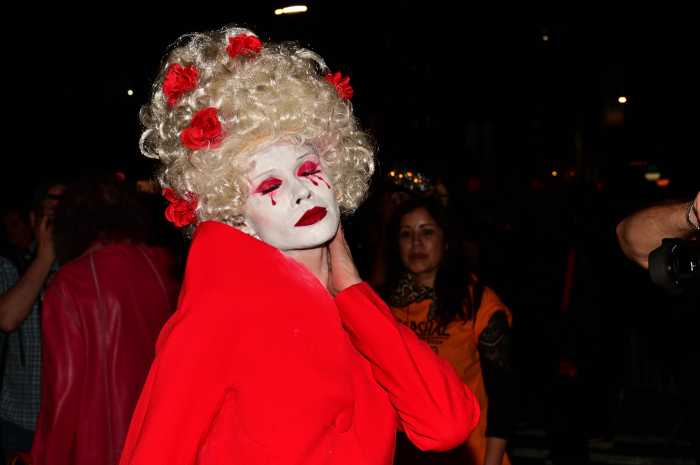Man and Woman get it wrong again
“Conversations with Other Women” is the absorbing story of an attached Man (Aaron Eckhart) and a married Woman (Helena Bonham-Carter) who flirt at a wedding and retire to her hotel room that same night. The plot may be deceptively simple, but director Hans Canosa films this relationship drama with two cameras at once, shooting each of the characters independently, and projecting the images side by side on the screen.
The result offers the audience the opportunity to scrutinize both characters’ “stories” simultaneously. The audience can watch the actions and reactions of the Man and the Woman as they respond to each other’s dialogue, or the dramatic moments that comprise this talky film. This unorthodox structure, however, adds a layer of realism to the proceedings, and enables Canosa to generate truer emotions by filming and editing his characters in this manner.
While split screens have been employed effectively in features from Andy Warhol and Paul Morrissey’s “Chelsea Girls” to more recent efforts like Mike Figgis’ “Time Code” and Duncan Roy’s “AKA,” the style is used differently here. The split screens in “Conversations” allow Canosa to project the memories and imaginations of his characters as they occur. For example, although most of the action takes place in the extended conversation between the two leads, there are flashbacks that feature the lead characters as a Boy (Erik Eidem) and a Girl (Nora Zehetner) that are presented on one screen as they are described or discussed on another. Moreover, when the Man and the Woman have sex in one frame, the other frame contrasts their sex with a coupling between the Boy and the Girl.
Herein lies the strength of the film’s split screen narrative. It allows viewers to really inspect and study the characters as they are confronted with their own feelings, and other people’s. As they contemplate the consequences of adultery, the change in them becomes visible; the passion and conflict register plainly on both screens.
The split screen technique never comes across as a narrative gimmick. While the film’s style allow certain images and phrases to echo—as when the Girl reinforces what the Woman says by repeating it—it is effective without seeming cliché. There is some pretentiousness when one character says, “Time moves across two dimensions.”
The connection joining the Man and the Woman is no great revelation. It slowly becomes clear the wedding is a reunion for these characters, for better or worse, and the story’s main drama is steeped in the characters’ negotiation of how their lives and loves have changed.
The personalities of the Man and the Woman are slowly revealed, as when a wedding videographer asks them to wish the bride and groom well. As viewers learn more about these characters and their relationship, what is not said becomes more powerful than what is. Eckhart and Bonham-Carter are exceptionally communicative with their eyes and expressions; if “Conversations” is essentially an acting exercise, it pays off handsomely in their strong, engaging performances.
Ultimately, what emerges from these characters is the secrets and lies they tell themselves and each other. As the couple share their precious, tender moments together, there is a melancholy that resonates. The past is sometimes shown on one screen, the present unfolds on another, but the future is left to the audience’s imagination.
gaycitynews.com





































